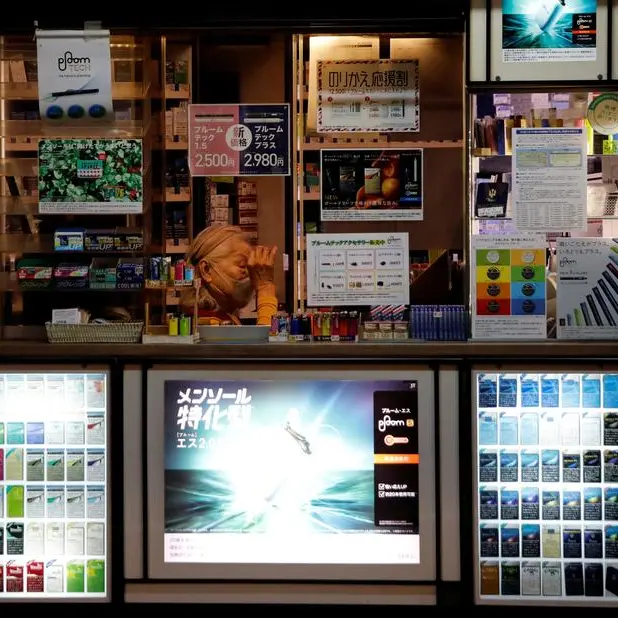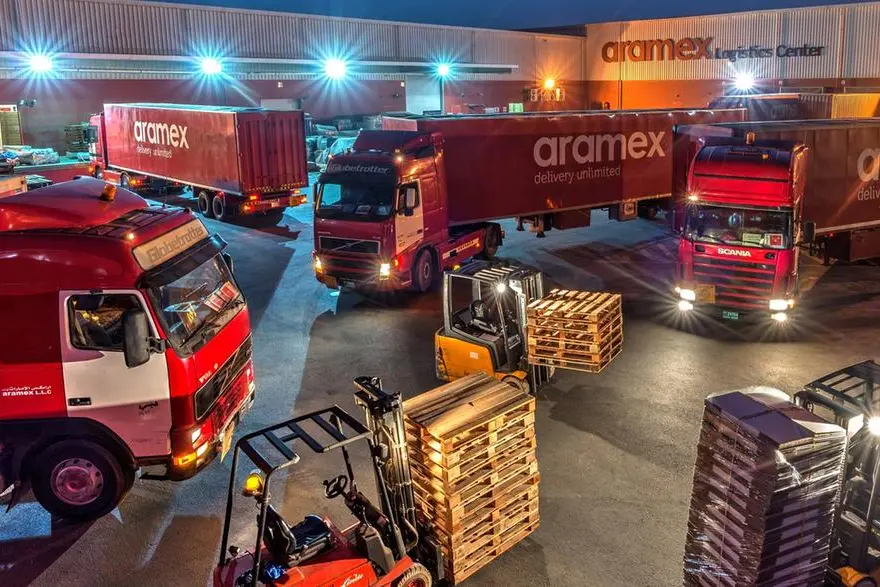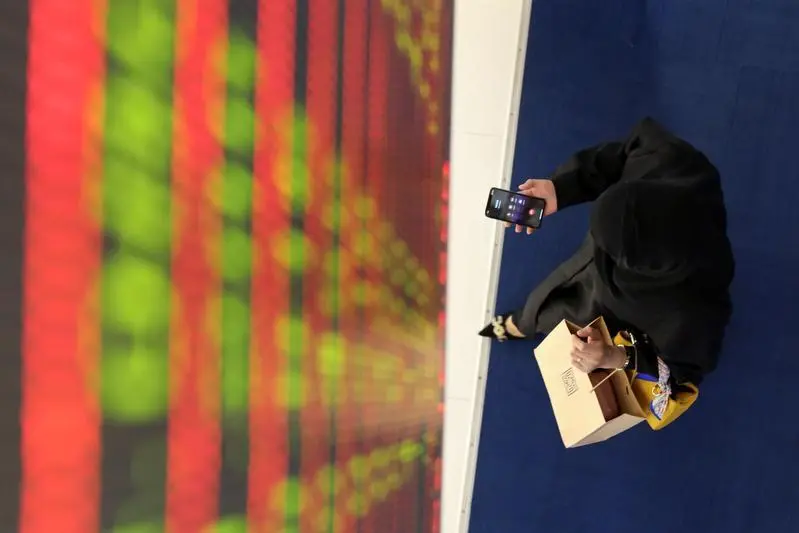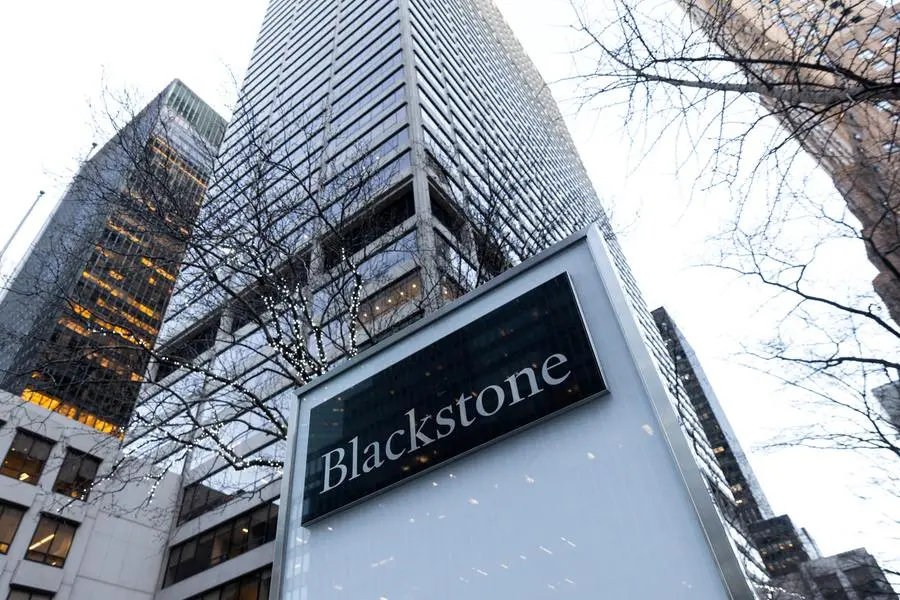The number of malicious attacks on mobile users in the Sultanate reached 14,941 during the January – June 2020 period, according to researchers. In comparison, the figure for Kuwait was 20,000, 12,000 for Qatar and around 5,000 for Bahrain.
The overall dynamics were clearly showing that quarantine did not have a dampening influence on the Oman threat landscape, the researchers noted.
As mobile platforms influence grows, the role of smartphones in business processes and day to day life is growing rapidly. In response, cybercriminals are paying more attention to how they are distributing malware and the attack vectors used, increasing their activity in times of crisis. In many scenarios, a properly chosen timing can be a key part of the success of a malicious campaign today, taking advantage of those users who are changing their security practices under pressure and do not have any reliable security solutions installed on their phones.
Throughout the year, the number of attacks was not changing dramatically, which means that the implementation of quarantine measures did not influence the mobile threat landscape in the region. It would account for approximately 2000-3000 attacks monthly. This can be explained by the fact that mobile platforms were initially made to be independent of the physical location of the user and are adjustable to different lifestyles.
“While 3,000 attacks on mobile users every month may seem to be a big number for a relatively small country, it is great to see that Bahrain smartphones’ and tablets’ owners remained vigilant during the crisis and did not fall for scammers tricks,” said Victor Chebyshev, a security expert at Kaspersky.
2020 © All right reserved for Oman Establishment for Press, Publication and Advertising (OEPPA) Provided by SyndiGate Media Inc. (Syndigate.info).






















